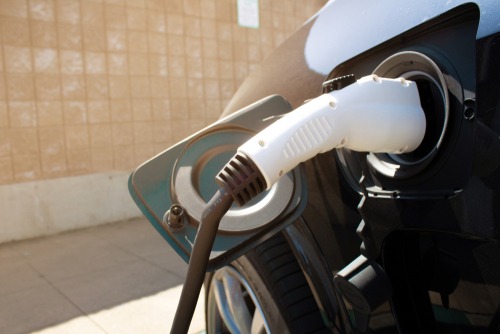
Researchers from Carnegie Mellon University’s Department of Civil and Environmental Engineering have developed a measuring metric to evaluate consecutive charging coverage for electric vehicles on all national highway system roads.
In research the group published in Nature Communications, the researchers evaluated roads, traffic and gaps between EV charging stations within 500 miles of any given county for each state and county in the country.
“There is a chicken and egg problem with EVs and charging infrastructure. Charging stations need EVs to be profitable, but consumers hesitate to purchase EVs due to a perceived lack of chargers,” Corey Harper, assistant professor of civil and environmental engineering at Carnegie Mellon. “Using our metric, we found that many states have a long way to go before we achieve the consecutive coverage that would ease the minds of potential buyers.”
According to their research, states like California, Nevada and those in New England generally have adequate charging coverage when looking at stations with slower charging speeds and fewer chargers per station. But when implementing National Electric Vehicle Infrastructure (NEVI)-compliance standards, which mandates at least four fast chargers per station, the coverage area shrinks. The research found that while drivers in these states can find a charger every 50 miles, they face wait times and lines due to lower power ratings and fewer chargers at each station.
Using NEVI’s plan to install fast charging stations along the country’s Alternative Fuel Corridor would help states like California, Nevada and Arizona, as well as those in the northeast, achieve continuous charging coverage, but leave more rural states like North Dakota, South Dakota, Arkansas and Texas with EV charging gaps. In order to address the gaps, NEVI would need to deploy charging stations on 1,900 road segments to meet the plan’s goals, researchers said, a number that rises to 4,500 segments if states wish to extend fast consecutive charging coverages to all highways, including those in rural states.
“One of the largest values of this study is understanding the true range limitations for the national build out of EV infrastructure,” Destenie Nock, assistant professor of civil and environmental engineering, said. “Often we talk about the distance capabilities of gas compared to electric cars. Now, we have a forward-looking method for estimating the range limitations.”